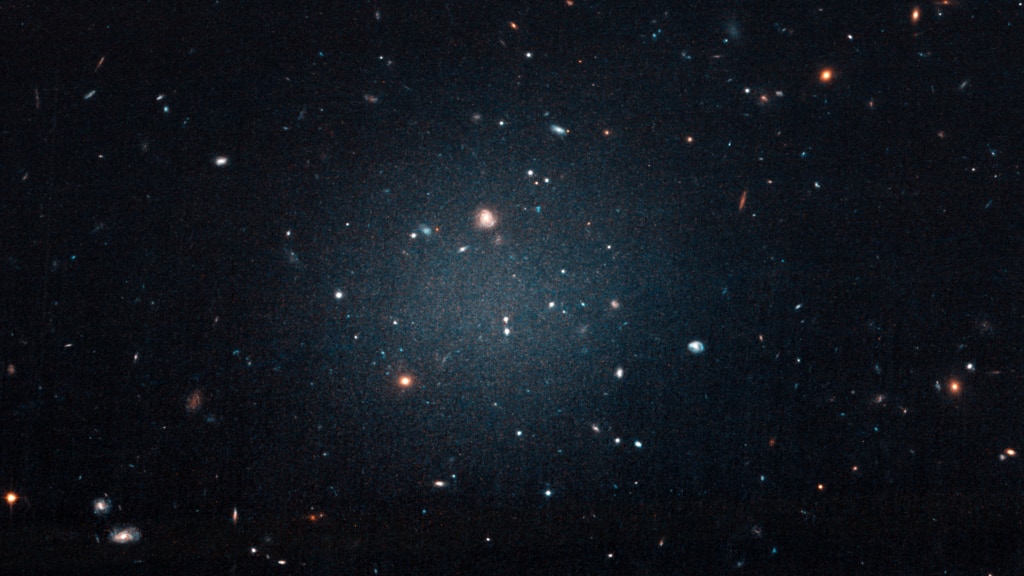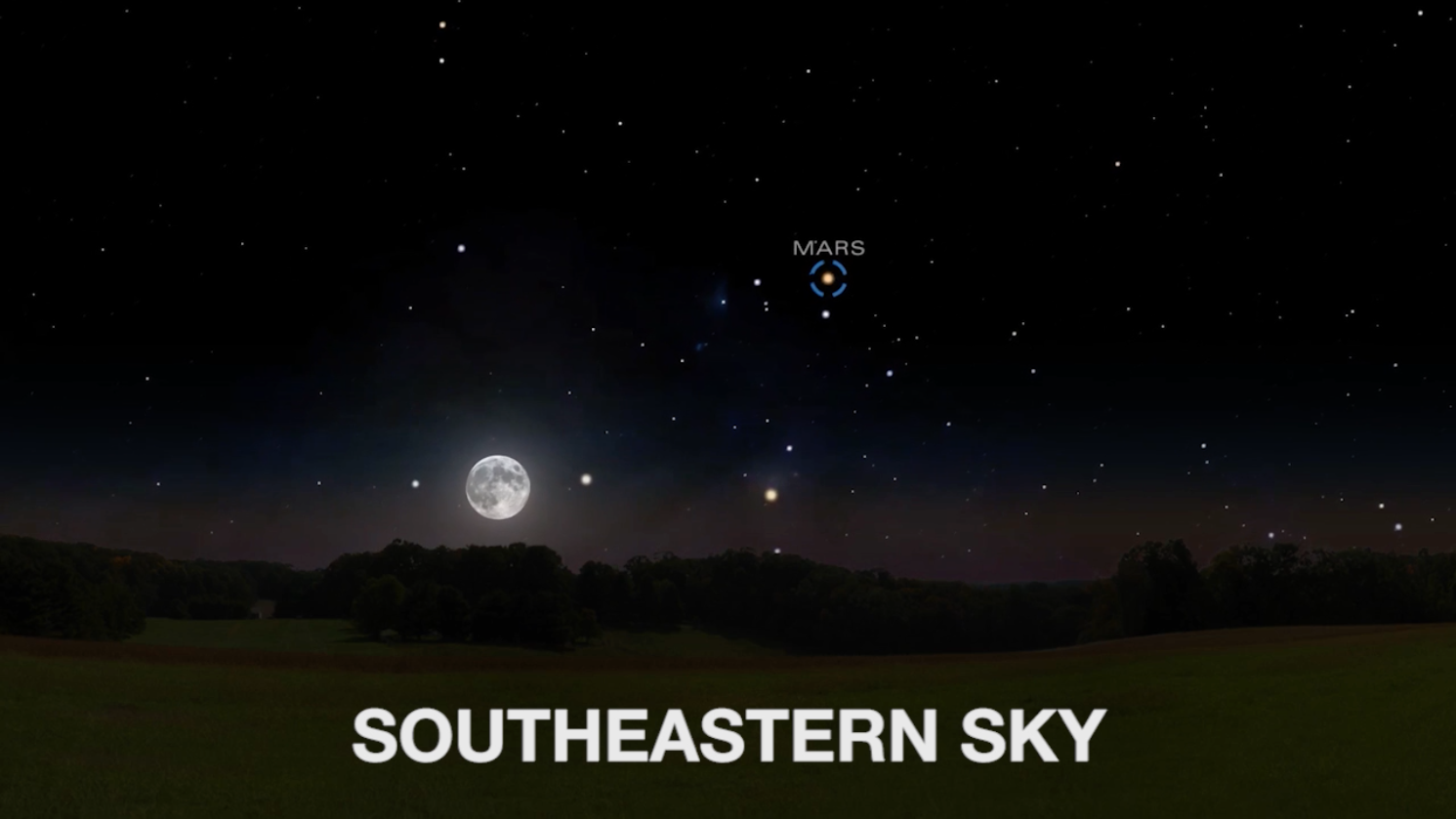Hubble Turns 25

The Hubble Space Telescope celebrates 25 years of exploring the cosmos.
April 24, 2015, will mark the 25th anniversary of the launch of NASA’s Hubble Space Telescope. Over the years, the telescope’s extraordinary images have contributed greatly to our study of the cosmos, particularly planetary nebulae. Despite their name, planetary nebulae have little to do with planets; they’re the diffuse and spectacular remains of dying stars. When a star up to eight times the mass of our sun nears its end, it swells enormously to become a red giant. As the fuel in its core runs out, the star’s outer layers peel away, leaving behind a tiny stellar remnant surrounded by an expanding cloud of ionized gas and dust. This cloud—the planetary nebula—can take many shapes, ranging from spheres and ellipses to more complex forms like hourglasses. Scientists have long known that planetary nebulae are intricate, but Hubble provided a more precise look of their structures than ever before. Explore the images to see views of planetary nebulae taken by Hubble.

Colors in this heavenly image of NGC 2818 represent ionized gases, including nitrogen (red), hydrogen (green) and oxygen (blue).

Before Hubble, scientists could not make out the details of the delicate rings in the Hourglass Nebula.

Scientists suspect that comet-like blobs with streaming tails give rise to the furry-looking outer layers of the Eskimo Nebula.

The center of Red Rectangle is a pair of dying stars, orbiting one another in a dense disk of material that funnels dust and gas outward.

Scientists believe a pair of stars might also be responsible for the multiple lobes of gas spewing from the center of the Ant Nebula.
Credits
Please give credit for this item to:
NASA's Goddard Space Flight Center
Cover image courtesy of NASA/ESA/HEIC/STScI/AURA/The Hubble Heritage Team
NGC 2818 image courtesy of NASA/The WFPC2 Science Team/JPL/Raghvendra Sahai and John Trauger
Hourglass Nebula image courtesy of NASA/The WFPC2 Science Team/JPL/Raghvendra Sahai and John Trauger
Eskimo Nebula image courtesy of NASA/STScI/ST-ECF/Andrew Fruchter, Sylvia Baggett, Richard Hook, Zoltan Levay
Red Rectangle image courtesy of NASA/ESA/Catholic University of Leuven, Belgium/Hans Van Winckel and University of California, Berkeley/Martin Cohen
Ant Nebula image courtesy of NASA/ESA/STScI/AURA/The Hubble Heritage Team
-
Writer
- Kerry Klein (USRA)
-
Scientists
- Bruce Balick (University of Washington)
- Joel Kastner (Rochester Institute of Technology)
Release date
This page was originally published on Thursday, April 23, 2015.
This page was last updated on Wednesday, May 3, 2023 at 1:49 PM EDT.

